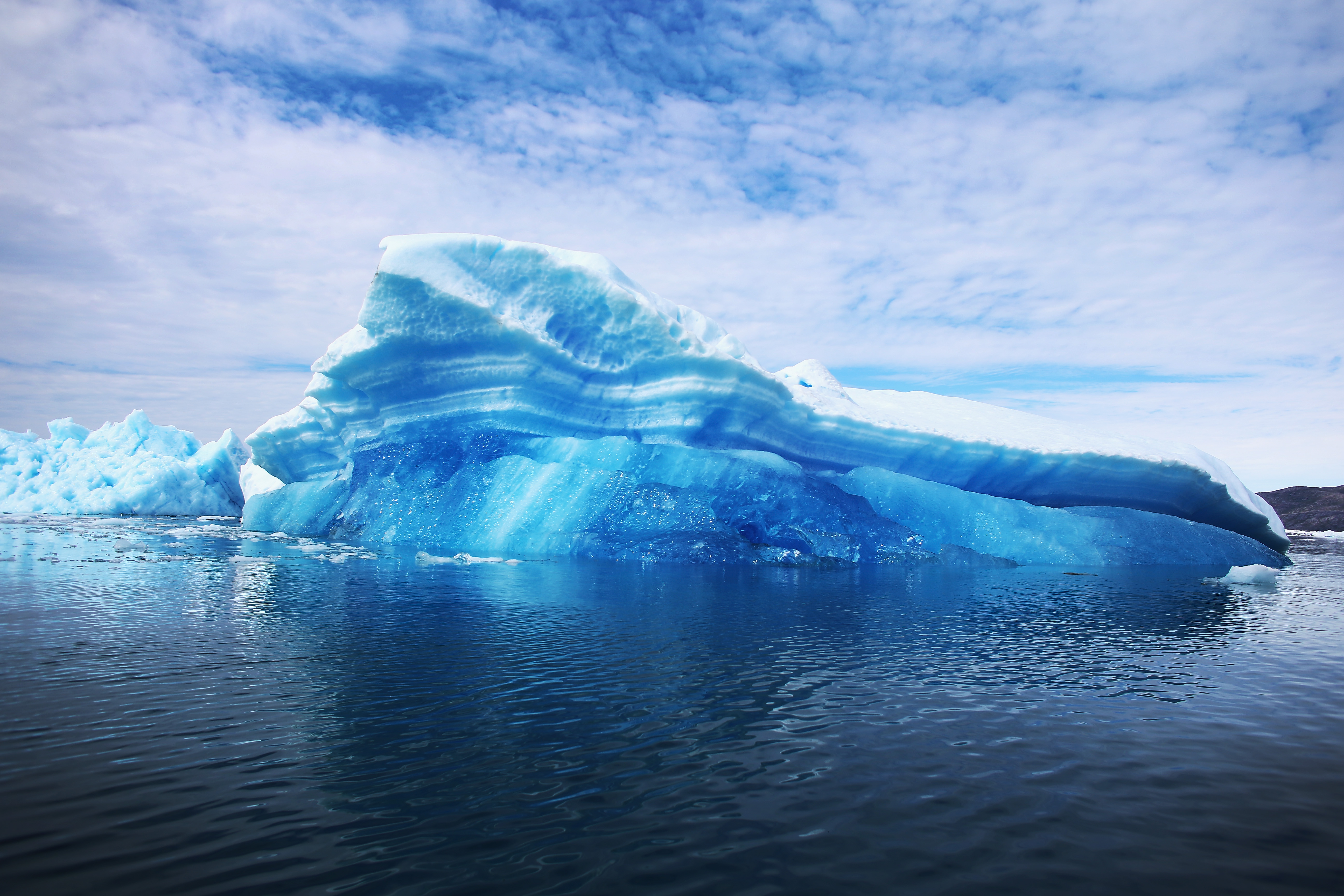

GMES responds to Europe’s needs for geo-spatial information services by bringing together the capacity of Europe to collect and manage data and information on the environment and civil security, for the benefit of European citizens. Since 2006, ESA has supported Polar View, a satellite remote-sensing programme funded through the Global Monitoring for Environment and Security (GMES) Service Element (GSE) that focuses on the Arctic and the Antarctic. The new iceberg was spotted by scientists at BAS while studying satellite images collected from Envisat using the Polar View monitoring programme. Over the last 15 years, the glacier front has advanced seawards at a rate of 3 km/year, so the calving of a 20 km-wide iceberg has simply shifted the glacier front back close to where it was after the last calving event in 2001. The thinning caused the glacier to retreat by over 5 km inland, supporting the argument that small changes at the coast of the Antarctic continent - such as the effects of global warning - may be transmitted rapidly inland leading to an acceleration of sea level rise.Īlthough these long-term regional changes are a cause for concern, the present iceberg calving event does not in itself signal a significant change in the WAIS. According to a study by scientists at the British Antarctic Survey (BAS) and University College London (UCL) using ESA's ERS satellite data, a loss of 31-cubic km of ice from the WAIS’s interior from 1992 to 2001 was pinpointed to the Pine Island Glacier. The Pine Island Glacier is up to 2500 m thick with a bedrock over 1500 m below sea level and comprises 10 percent of the WAIS. Pine Island – the largest glacier in the West Antarctic Ice Sheet (WAIS) – is of great interest to scientists because it transports ice from the deep interior of the WAIS to the ocean and its flow rate has accelerated over the past 15 years. A 34-year long study of the glacier has shown that a large iceberg breaks off roughly every 5-10 years. Iceberg calving like this occurs in Antarctica each year and is part of the natural lifecycle of the ice sheet.


 0 kommentar(er)
0 kommentar(er)
